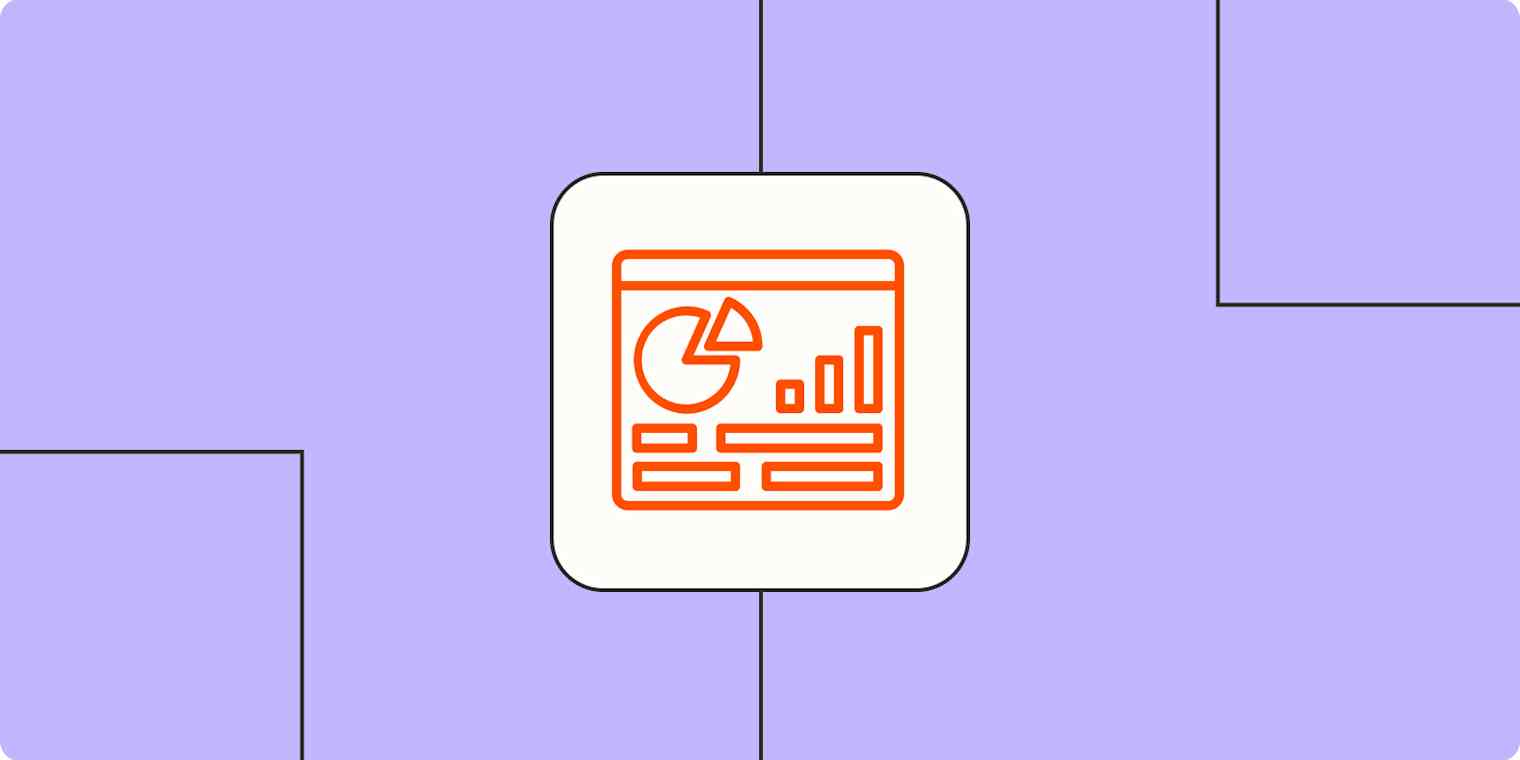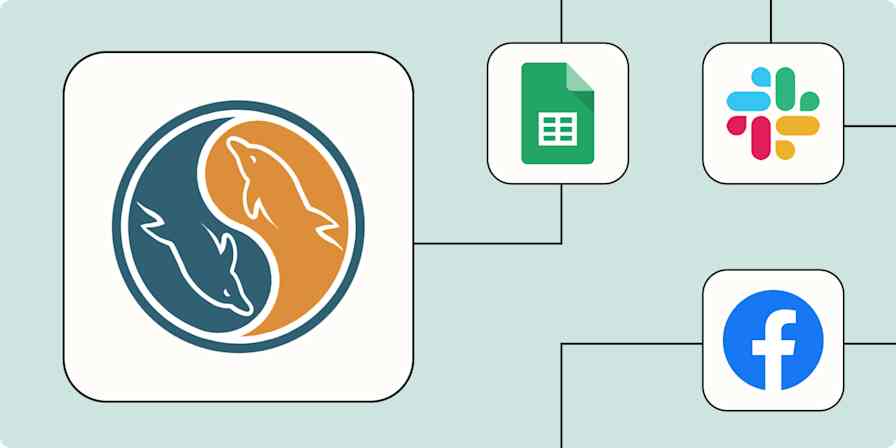Business tips
11 min read14 data visualization examples to captivate your audience
By Ben Lyso · August 20, 2024

Get productivity tips delivered straight to your inbox
We’ll email you 1-3 times per week—and never share your information.
Related articles
Improve your productivity automatically. Use Zapier to get your apps working together.







